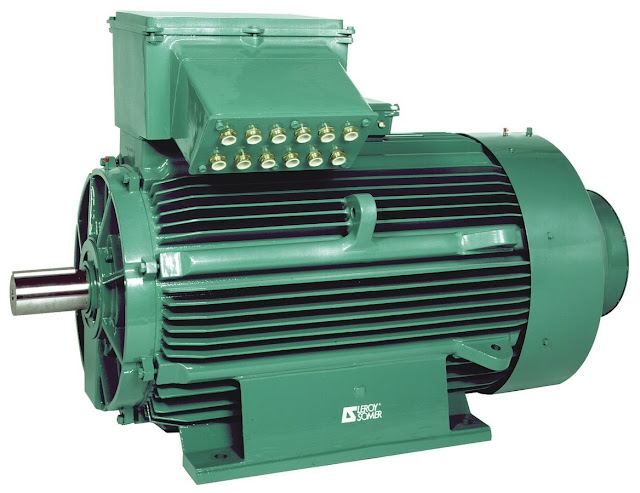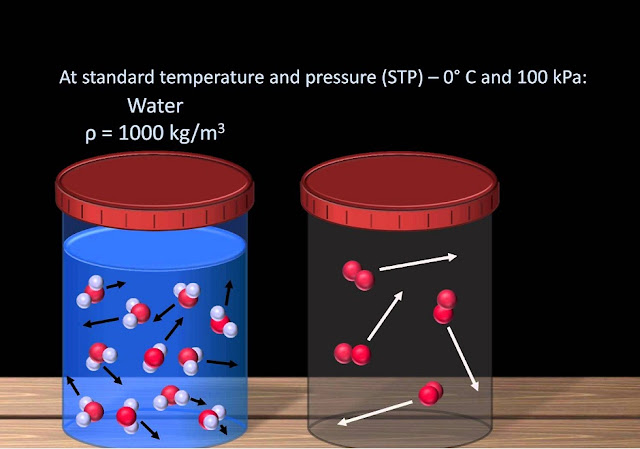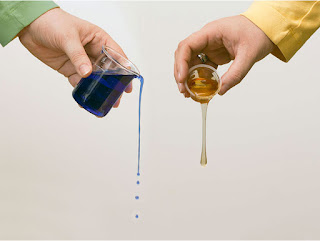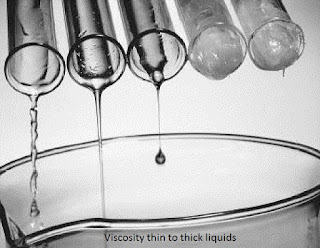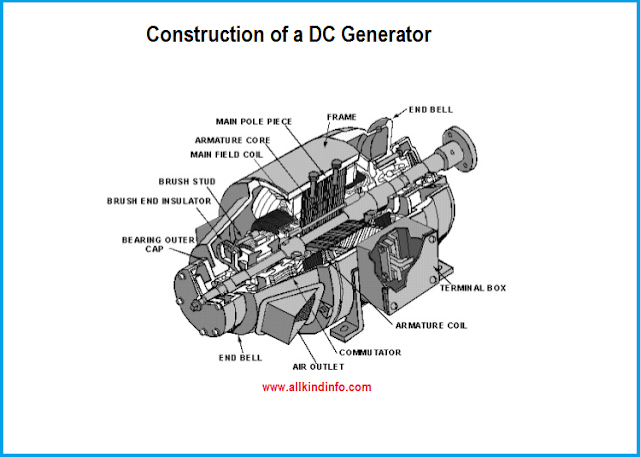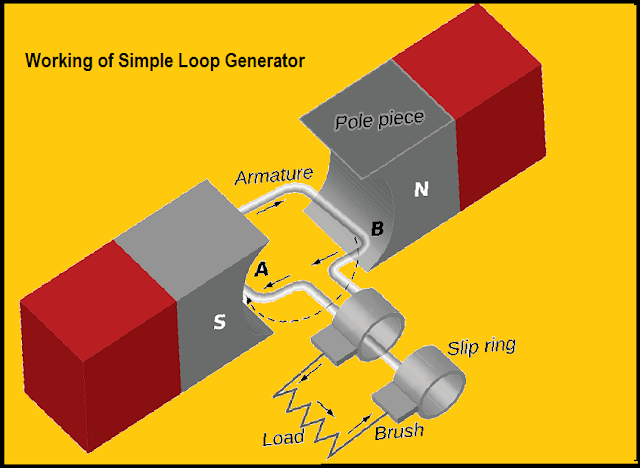Properties of the moulding sand
Molding materials commonly used in the foundry shop are molding sand, sand binders and sand additives.Quartz and other silica rocks are the source of silica sand which are commonly used for molding. The binders added to the sand for holding the sand grains.
These binders must be clay-type, organic and non organic . The additives such as sea coal, wood flour and silica flour are used to build some extra features.
The molding sand must contain the following properties.
1: Porosity or Permeability
It is very important to permits the steam and other gases to pass through the sand mold. The porosity of sand depends on the grain size, shape , moisture and clay content in the molding sand. If the sand is too fine then its porosity will be low.
2: Plasticity
The quality of sand should be plasticize so the sand flows its all portions to the molding box or flask. The sand must be sufficient plasticizer to produce a good mold.
3: Adhesiveness
It is the property of sand due to which it adhere or cling to the sides of the molding box.
4: Cohesiveness
Property of sand must be cohesiveness by which the sand grains stick together during ramming. It is defined as the strength of the molding sand.

5: Refractoriness
Property of sand by which the sand enables it to resist under high temperature of the molten metal without breaking down or fusing.



